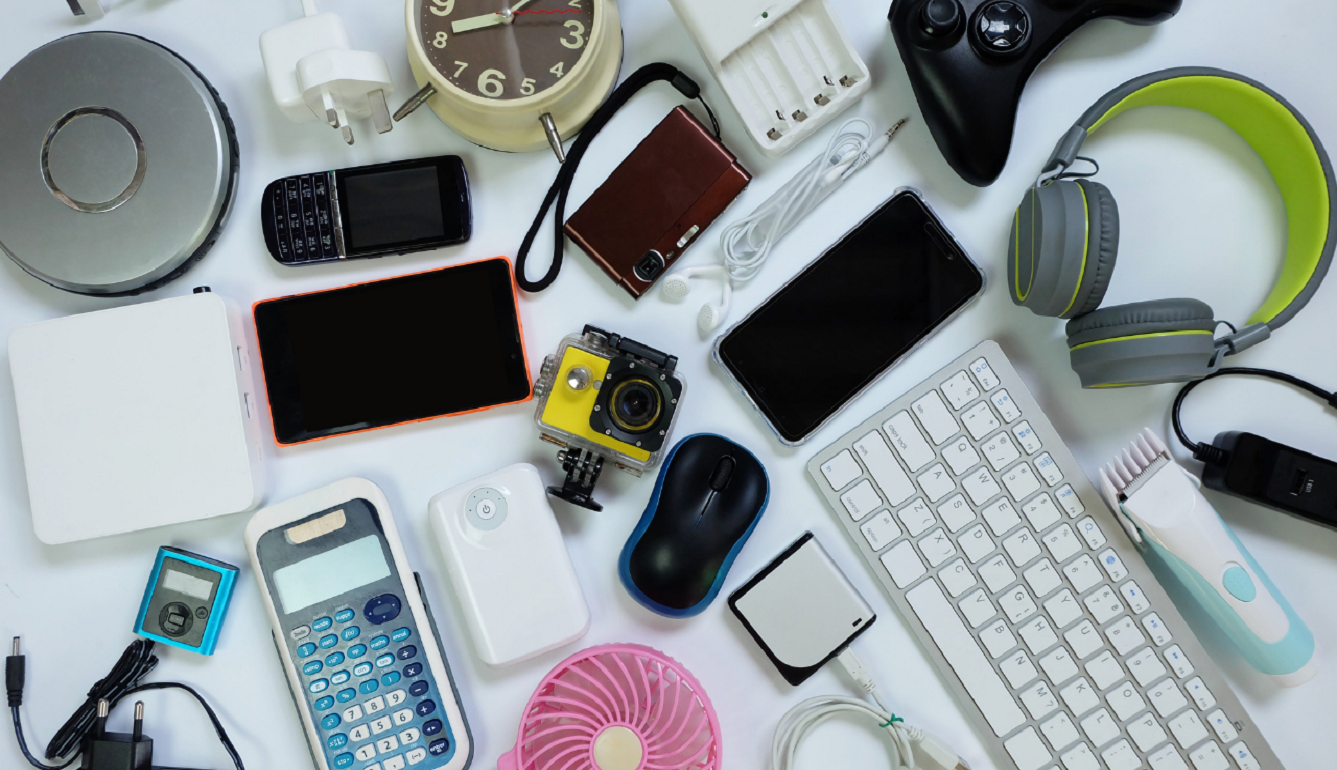If you want to stay up-to-date on the latest technology trends, you’ll probably consider buying a tablet. Known as a cross between a smartphone and a laptop, the tablet is the ultimate in portability and convenience. Because the market has been flooded with different companies promoting their own tablets, it can be difficult to choose which one is the best. Here are some things to look for when shopping.
Portability
You’ll want any tablet to be lightweight and easy to carry. This is especially true if you plan to keep it on for long periods of time (for example, to watch a movie). A discrepancy of even a few ounces can make a big difference in whether or not your hand and wrist tire.
Visual display
The screen size on most tablets ranges from 5 to 10 inches. The size difference is significant depending on what you want to do with your tablet. If you picture yourself frequently watching movies, reading magazines, or viewing PDFs, you may want a larger screen, but if you’re simply listening to music, playing games, or checking email, a smaller screen should suffice and has the added bonus to facilitate transportation. .
Screen size isn’t the only thing that matters. Test drive a potential tablet to see how responsive the touchscreen is, and take a look at the glass after you’ve touched it with your fingers. Some screens get smudged very easily, which could be a problem, especially if you plan to be in bright light or outdoors. Smudges can darken the screen and cause a glare that makes the tablet nearly impossible to use.
internet connectivity
Each tablet connects to the Internet in a different way, so make sure you understand connectivity before you buy. For example, many tablets use Wi-Fi, which means you must be within range of a wireless network to connect. Others use the 3G connection, which is similar to how a cell phone connects and provides a longer connection range. Some of these will require a contract or incur data charges, so it’s essential that you check this before making a purchase.
Storage
Each tablet will have different storage capacities that will limit the amount of books, music, movies, and media you can store. Some tablets, the iPad and Kindle Fire, offer additional cloud storage after the device has reached full capacity. Others contain an SD or micro SD slot that makes it easy for you to upgrade your storage capacity if you run out of space.
The best way to determine which tablet is right for you is to try it out in person. Many electronics stores will have several brands in stock and will let you play with the tablet in the store to get an idea of how it will perform. You do not have to buy at the time of the test. It’s a good idea to give your tablet a try so you can determine which features are important to you and decide how much you want to spend on your new device.
Improved wireless connectivity
Wireless or WiFi has improved over time. The range is greater, it is more reliable and easier to connect than before, but it is still a variable and sometimes peculiar technology. If you need consistent service in a defined area, you probably need to go overboard with wireless coverage.
Many routers are not just routers; they are routers, switches, modems, and wireless access points. The wireless portion of your main router will provide everything you need in a small space, but as your operating space grows, you’ll need more wireless access points to cover the area. Wireless access points can be obtained for both indoor and outdoor environments and can work well in a campus environment.
two variants
There are two main variants that we can call push and pull systems. To use a couple of technical terms, we’ll call the wireless system the server and your mobile phone, laptop tablet, or other wireless device the client.
Pull
Most home or small office wireless long range wifi extender are pull systems, which means you manually connect your client device to a wireless server. For example, an office or home has 2 access points, 1 is a wireless router downstairs and the other is a wireless access point upstairs. When your client device is connected to the downstairs router (the server), it stays connected to it until you go out of range, so if you go upstairs you may need to manually disconnect from the downstairs router and connect to the access point inala

